The content of this article is sourced from 42how and has been translated by ChatGPT
Weekly Index
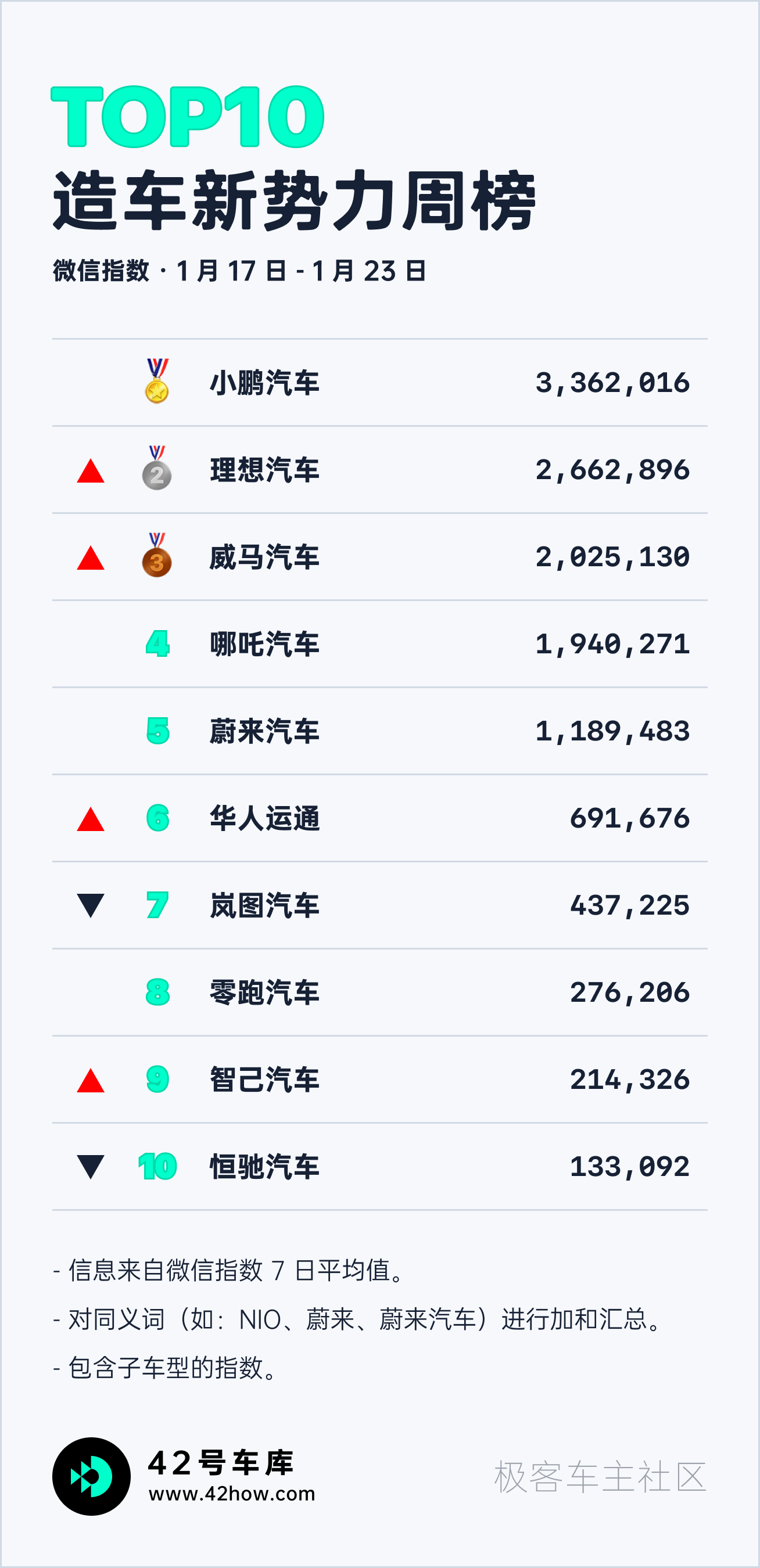
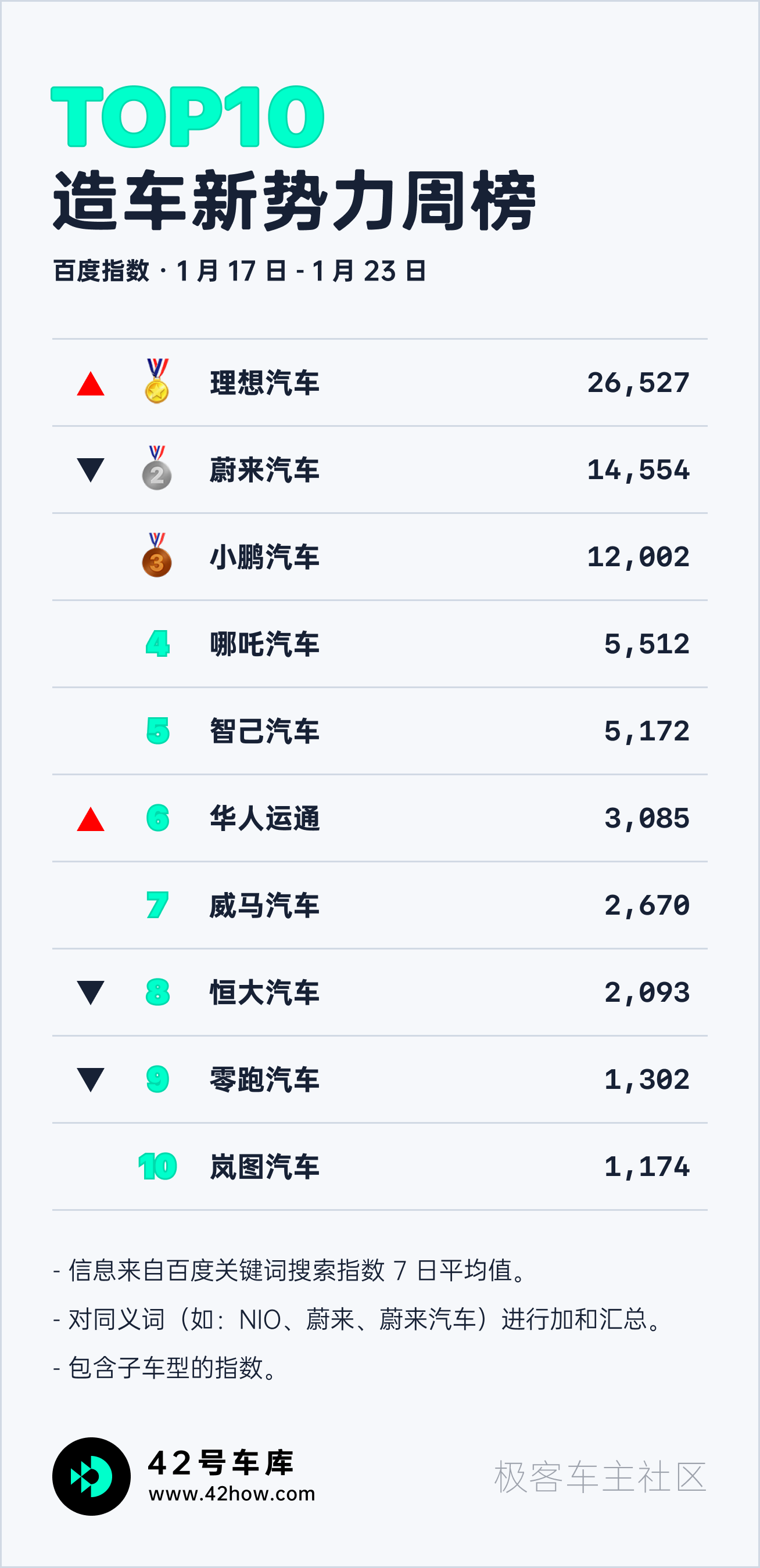
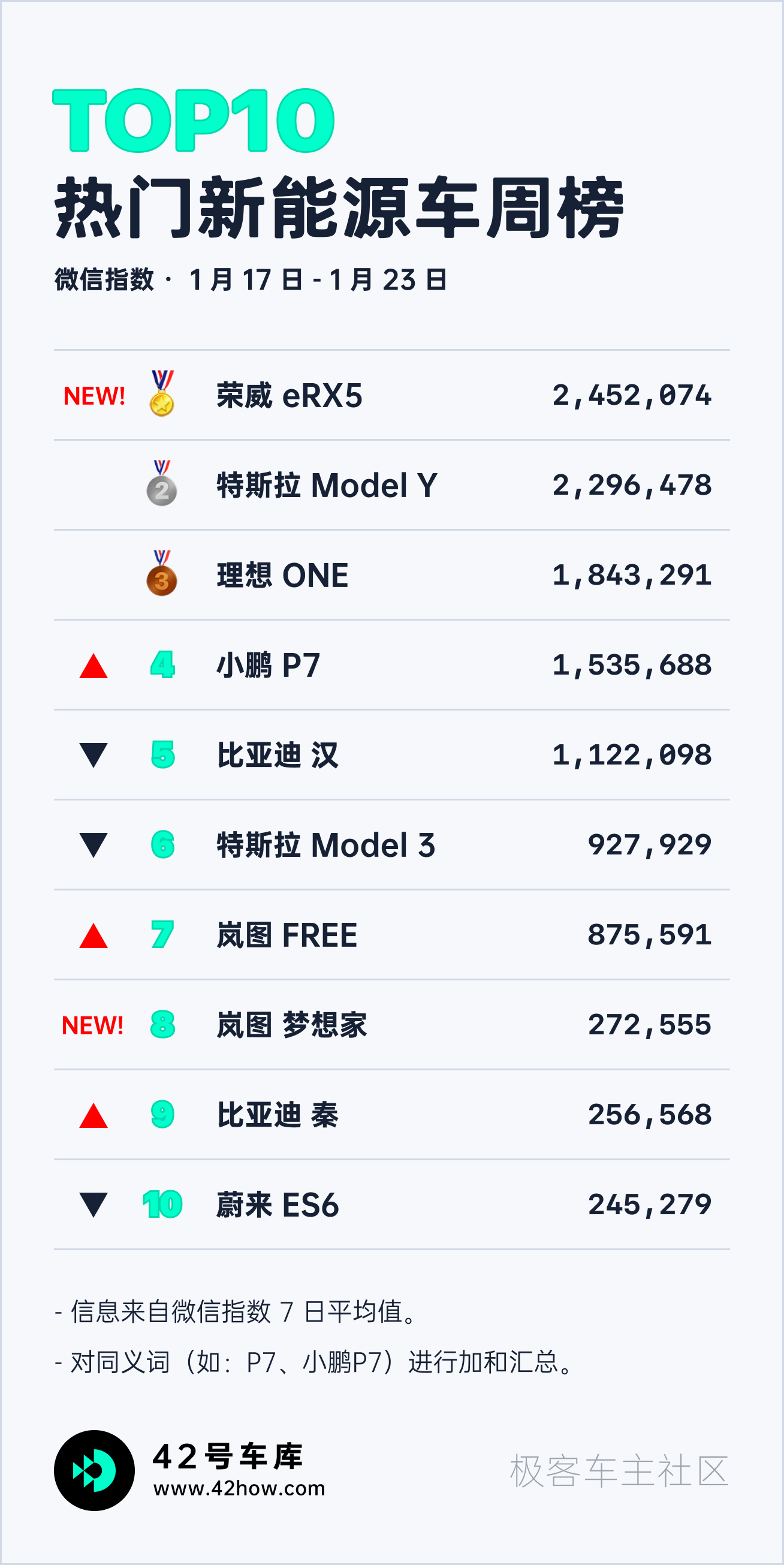
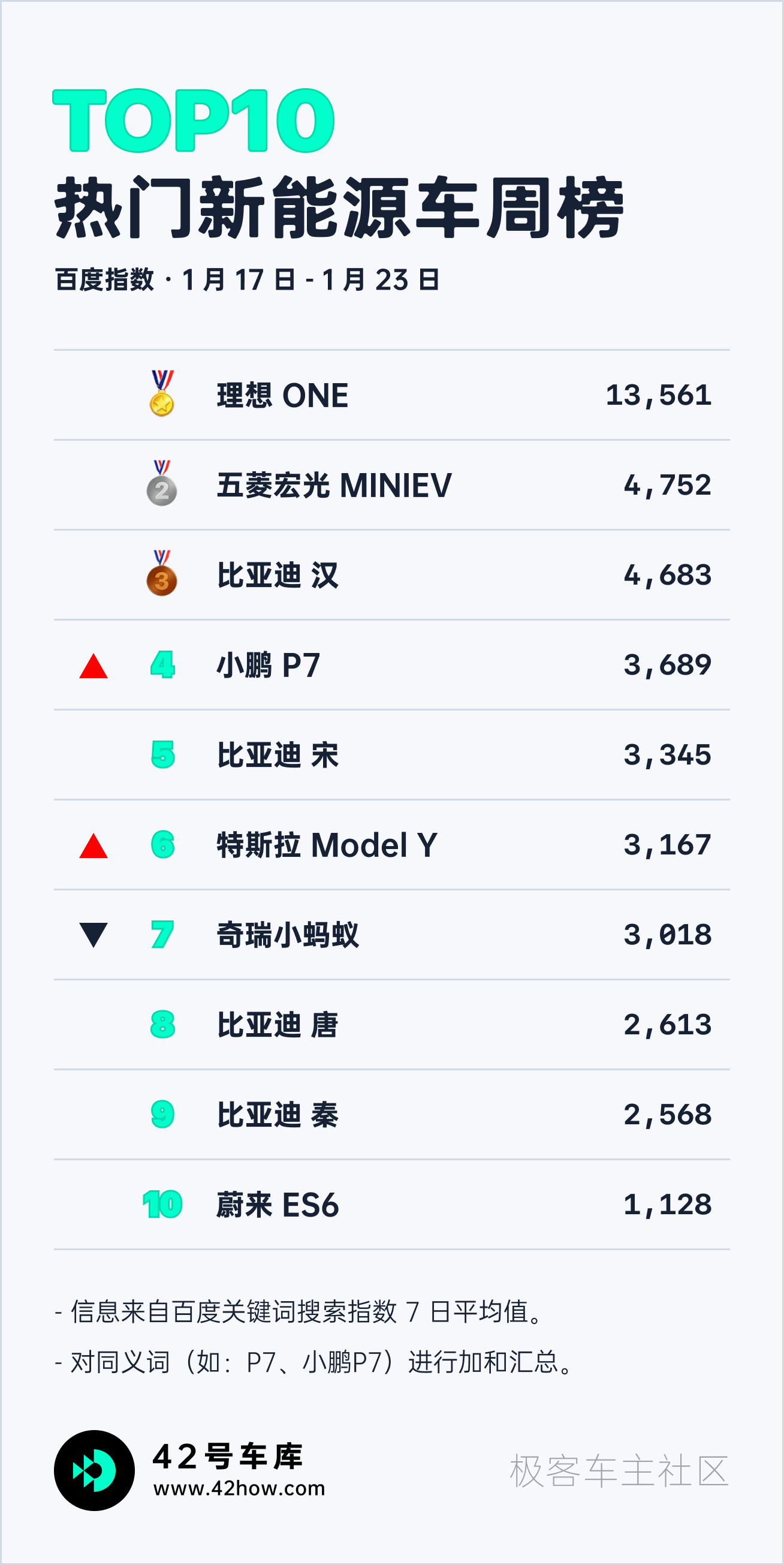
Weekly News
ET7 to Start Delivery on March 28
On January 18, NIO held a communication meeting about ET7 at NIO House in Shanghai, during which Li Tianshu, Vice President of NIO, revealed many new details about ET7.
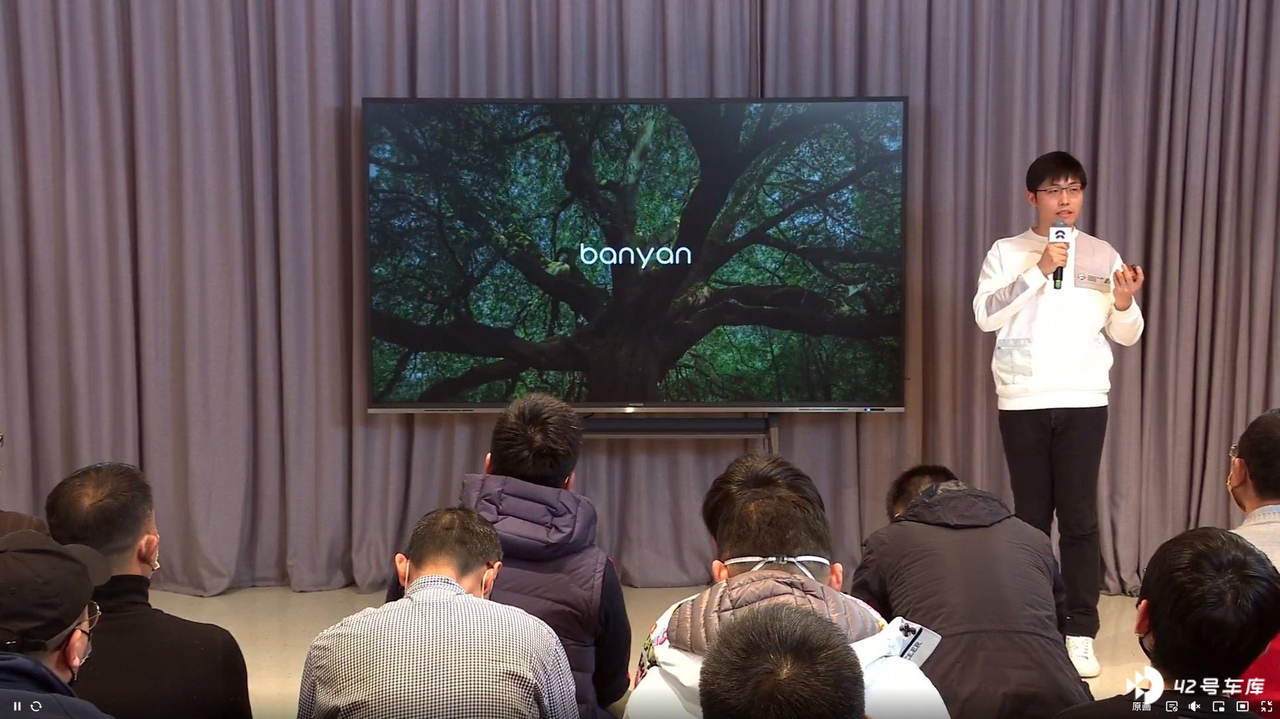
19 basic driving assistance functions will be standard, including ALC automatic lane change and LCC lane centering;
The physical intelligent key uses UWB technology, which can achieve a positioning accuracy of up to one centimeter, and can also achieve some new functions;
The mobile intelligent key can provide a seamless entry and exit experience through its Bluetooth and UWB nodes, and can achieve centimeter-level precise positioning;
Both the front and rear adopt double-layer soundproof glass, and the dome-style glass can achieve 99.9\% UV protection and more than 80\% heat insulation;
The front seats have 14-way adjustment, and the headrests support 2-way up and down adjustment, as well as 2-way headrest lateral angle adjustment. The waist also provides 4-way electric waist adjustment. The front end angle of the seat supports up and down adjustment, and also supports up to 5-6 cm electric stretching and memory;
The rear seats are equipped with heating, ventilation, and massage as standard across the entire range, and the seat massage of ET7 has 8 points, supporting five modes, each of which can adjust two levels of intensity.
Rights of Booking Users
-
The test drive car will be available on January 20, and it will be fully available in stores in March, with test drives starting after March 5;
-
Locking orders will be available on January 20, and all orders locked before 23:59 on March 10 will have the same delivery time, and there will be no difference. NIO hopes that users will decide whether to lock orders after experiencing deep test drives;
-
Users who lock orders from March 11 to March 28 will arrange production and delivery according to the order of payment.4. Customers who placed orders after March 29th will have their production and delivery arranged according to the time of their order;
-
ET7 deliveries will begin on March 28th;
-
Due to the fact that ET7 only supports DC charging, the first ET7 owners will receive a complimentary 7 kW DC charging station for home use. Customers who placed orders before March 28th can upgrade to an 11 kW DC home charging station for free;
-
For repeat/purchase customers, old home charging stations can be directly recycled by NIO and upgraded to brand new 7 kW DC charging stations while still enjoying 6 free battery swaps per month;
-
Non-founding ES8 customers who purchase the ET7 can enjoy a 7,000 yuan discount, and receive a 30,000-point red envelope after delivery. ES8 founding customers who purchase the ET7 can enjoy a 10,000 yuan discount and receive a 50,000-point red envelope after delivery.
Quick Review:
As the first model of the NIO 2.0 platform, the ET7 is highly anticipated by both users and the industry. Based on the information revealed during the communication session, the ET7 appears to be quite competitive. The biggest surprise during the session was the disclosure that the 19 basic assisted driving functions, including ALC and LCC, come as standard on all models. Given the current lack of complete NP functionality, it is not reasonable for users to pay a monthly fee of 680 yuan to subscribe to the service. By offering these two important functions as standard, the last lingering software concern for the already strong hardware product has been eliminated.
CATL Releases Swappable Battery Service Brand EVOGO, Which Offers Overall Solutions for Swappable and Combined Batteries
On the afternoon of January 18th, CATL released its swappable battery service brand, EVOGO, which offers overall solutions for swappable and combined batteries.
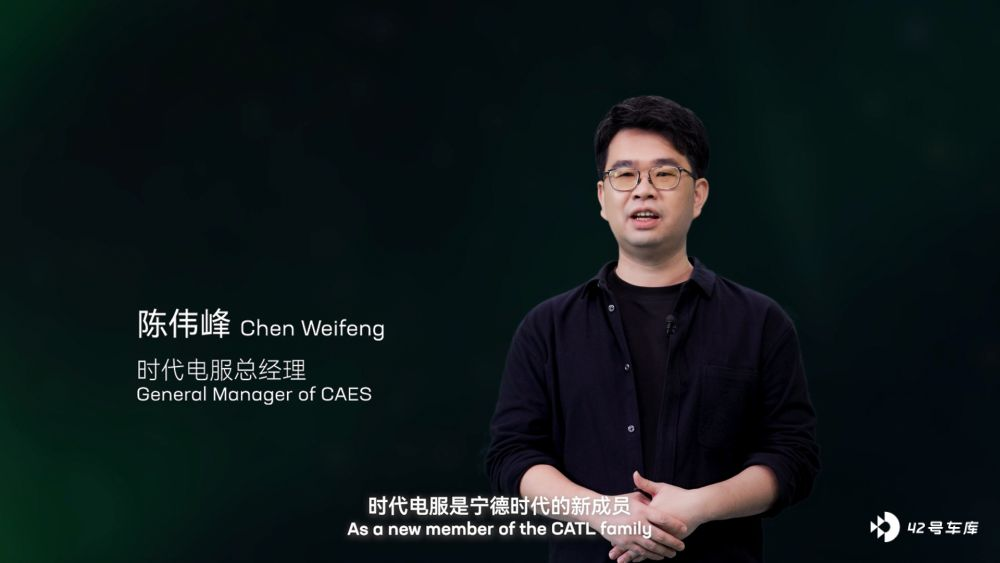
The overall solution consists of three core parts, including three major products:
-
Chocolate swappable battery blocks
-
Quick-swapping stations
-
App
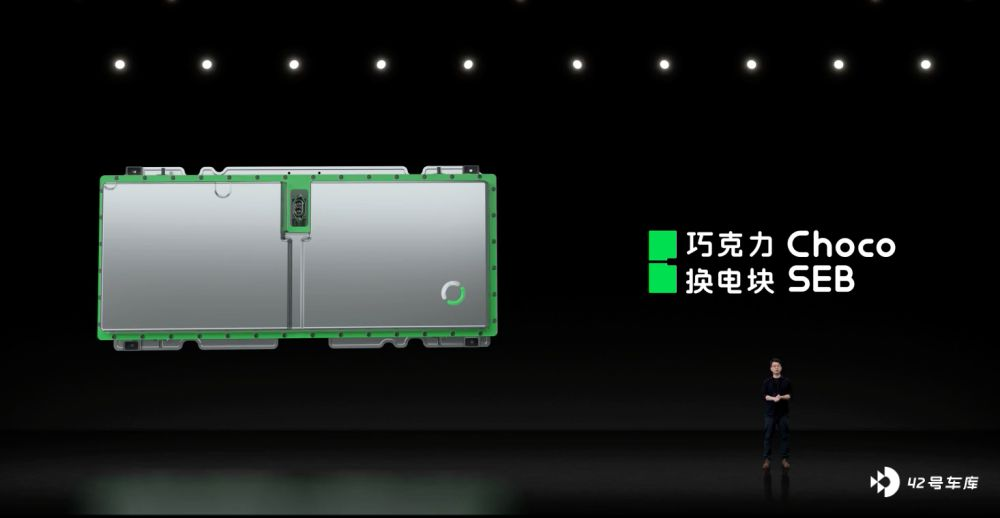
The main features can be summarized as follows:
By splitting the integrated battery pack in the current mainstream swappable battery mode into pieces like chocolate, each block can travel for around 200 kilometers on a single charge, and 1 to 3 blocks can be freely chosen depending on the mileage required, making it compatible with A00 to C-grade vehicle models. It can also be adapted to 80\% of pure electric platforms that have already been listed or will be listed in the next three years.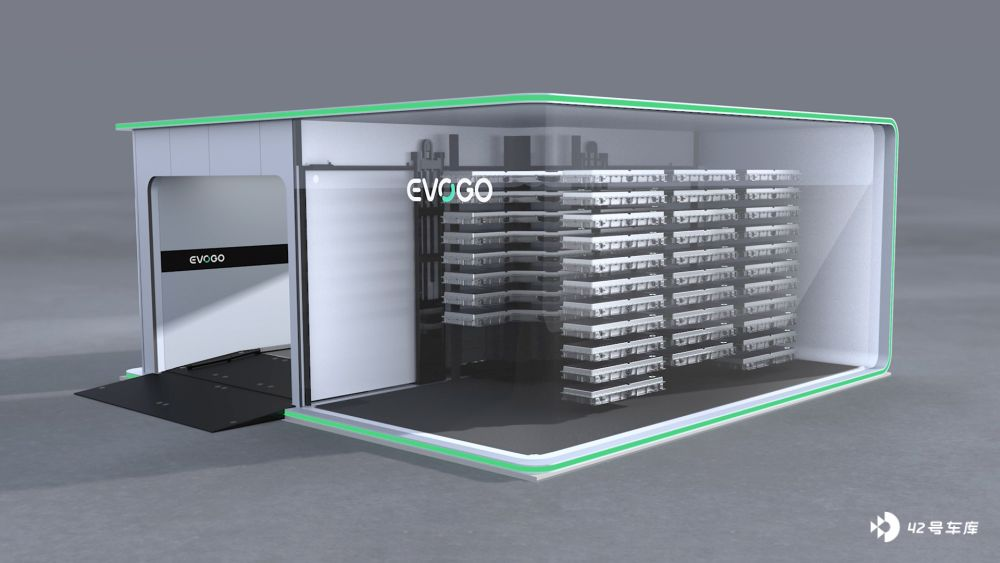
A standard EVOGO station occupies an area approximately equivalent to three parking spaces, and can store 48 battery swap modules, each of which takes about 1 minute to swap. EVOGO stations can be customized to suit different weather conditions in different regions. Connectivity between people, vehicles, stations, and battery modules is achieved through an App.
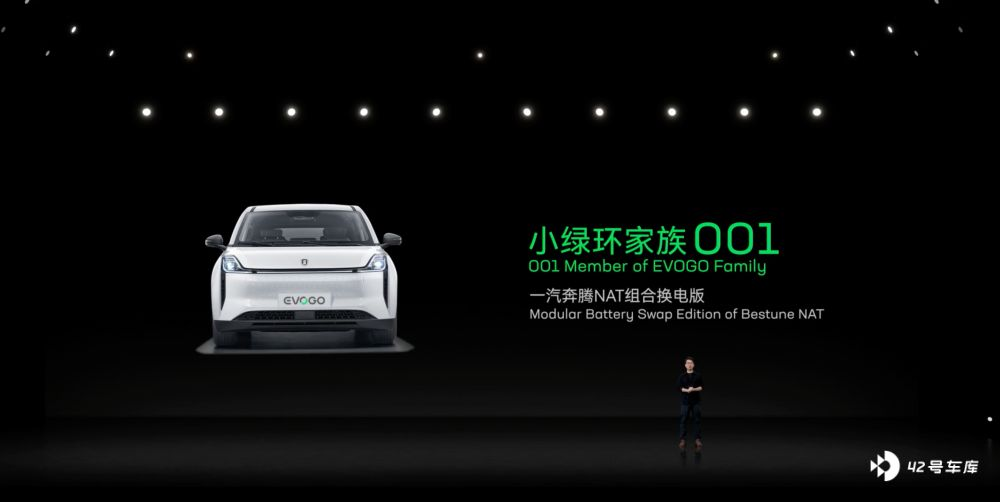
The launch event also showcased the first vehicle model supporting EVOGO battery swap, the FAW B50 NAT combination battery swap version. TIMES EV will initially select 10 cities to launch battery swap services.
TIMES EV stated that battery swapping services are open to all automakers, and will invite more partners to join in building an energy ecosystem.
Quick comment:
The modular design of the chocolate block is the biggest highlight of NIO’s battery swap solution. In terms of battery technology, the latest CTP (Cell To Pack) technology from CATL is used in the battery swap modules. Each chocolate battery swap module has a capacity of 26.5 kWh, with an energy density of over 160 Wh/kg and over 325 Wh/L, and can provide a range of around 200 km per module, adapting to most electric vehicle models on the market.
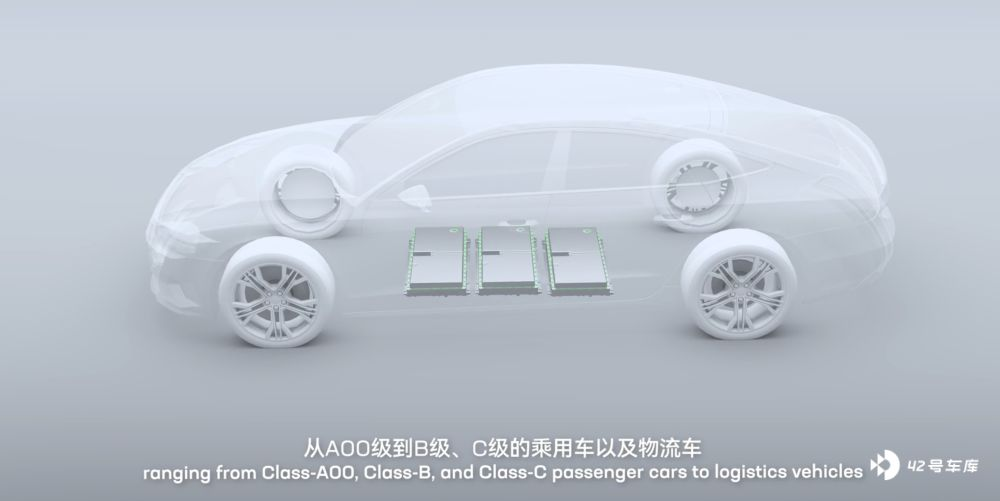
The combination battery swap balances the relationship between range, convenience of recharging, and cost of acquisition and use, with the main advantage being adaptation to a wider range of vehicle models, lower use cost, and higher efficiency of battery swap station operation.
In the future, when NIO’s battery swap system becomes mature enough to become a leading system in the industry, consumers who prefer battery swapping will prefer to purchase vehicles that support EVOGO, and battery swapping will naturally come with “platform traffic”. Car companies that want to promote sales can launch combination battery swap version models that support EVOGO, increase market competitiveness, and also bring lower use costs to consumers, which is a win-win situation.
XPeng P7 Release 2.7.0 Update
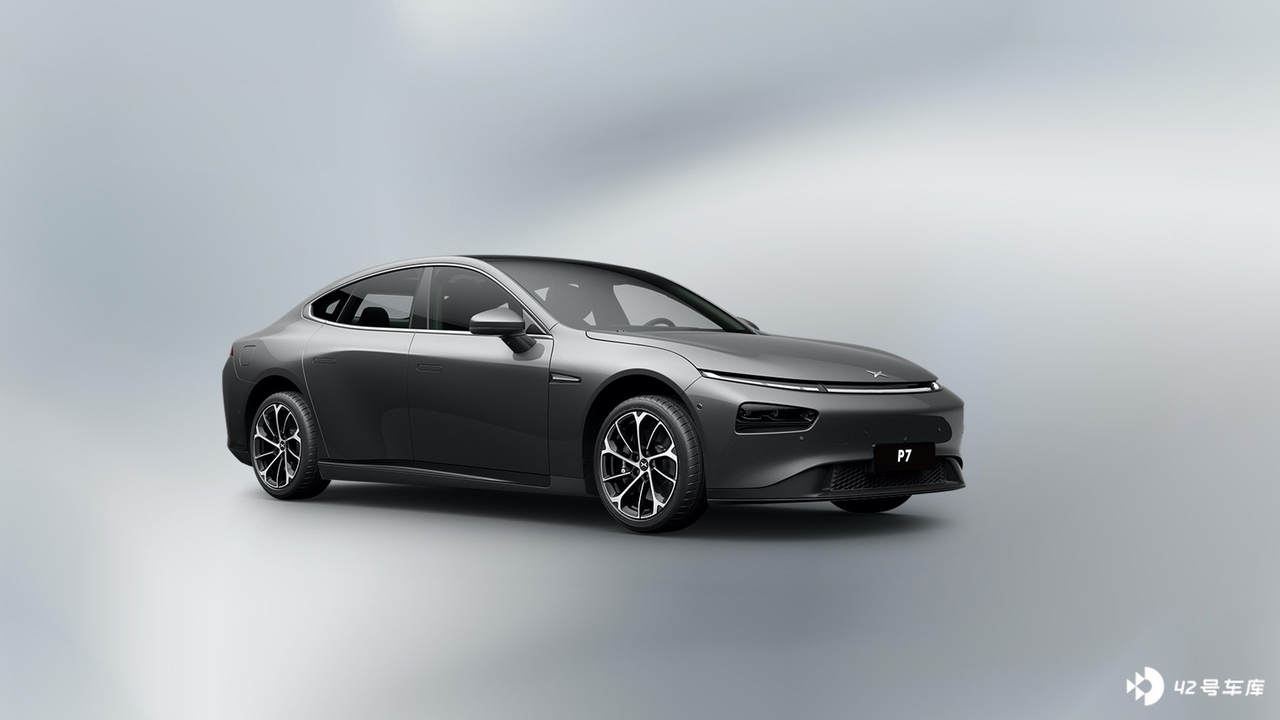 On January 21st, XPeng P7 received its first major update of the year, which added 12 new features and implemented over 40 user experience optimizations via OTA. The update further improved core functions such as XPeng P7’s parking memory, NGP intelligent navigation assistance driving, full-scene voice interaction, intelligent parking assist system, intelligent safety system, intelligent music cabin, intelligent navigation, and vehicle control module.
On January 21st, XPeng P7 received its first major update of the year, which added 12 new features and implemented over 40 user experience optimizations via OTA. The update further improved core functions such as XPeng P7’s parking memory, NGP intelligent navigation assistance driving, full-scene voice interaction, intelligent parking assist system, intelligent safety system, intelligent music cabin, intelligent navigation, and vehicle control module.
-
The core of this OTA update is the VPA parking memory new feature–parking memory map sharing.
-
A super smart parking assistance safety test has been added. Before turning on this feature, users will need to pass the safety test. It should be noted that vehicles that are not logged in to XPeng account will have the intelligent parking function disabled after this update. After logging in, users need to pass the safety test to activate this function.
-
LCA+ blind spot safety assistance function has been enhanced. When the driver turns on the turn signal to change lanes, if a nearby vehicle in the adjacent lane is detected to be simultaneously changing lanes towards the driver’s target vehicle and meets the alarm condition, a warning will be issued to the driver.
-
The continuous dialogue time can now be set as 20/30/60/120 seconds. Say “open smart voice” to XPeng P to see more details.
-
Voice search for parking spaces along the route is now available. Simply say “help me find parking spaces along the route” to XPeng P to experience it.
-
Charging pile idle information is now available. When approaching a highway rest area during navigation, the number of available fast and slow charging piles will be displayed on the map.
-
The camera and microphone disabling functions have been added, allowing users to turn off these hardware functions.
Quick comment:
The new feature of parking memory map sharing in this update is another example of XPeng’s full-stack independent R&D capabilities. XPeng P7 has been one of the leading car models in the market for assisted driving. The accumulated data and closed-loop capabilities of a variety of Chinese driving scenarios such as corner cases have laid a solid foundation for the intelligentization of XPeng’s vehicles.
Zeekr Group establishes an intelligent development center in Shanghai
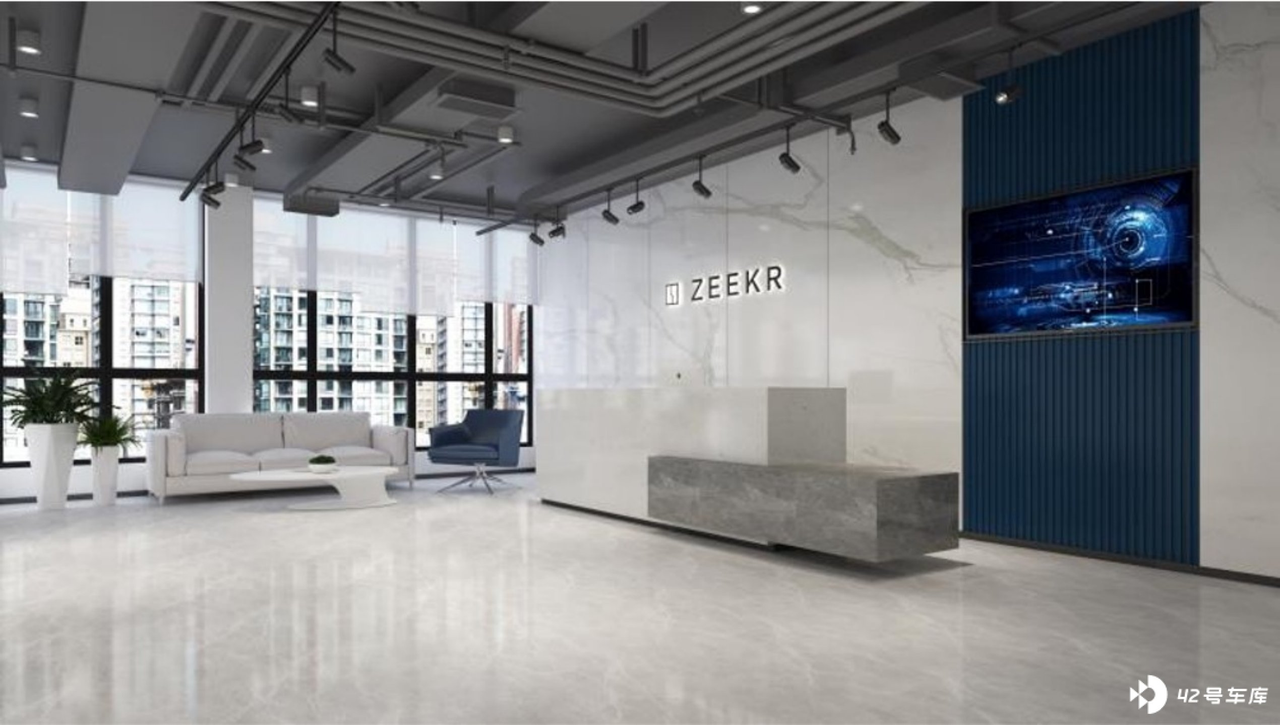
According to official news from Zeekr Group, the company has established an intelligent development center in Shanghai and is recruiting technical research and development talents in fields such as intelligent driving, intelligent cabin, electronic software, and vehicle architecture, as well as related positions on the user and ecological ends.
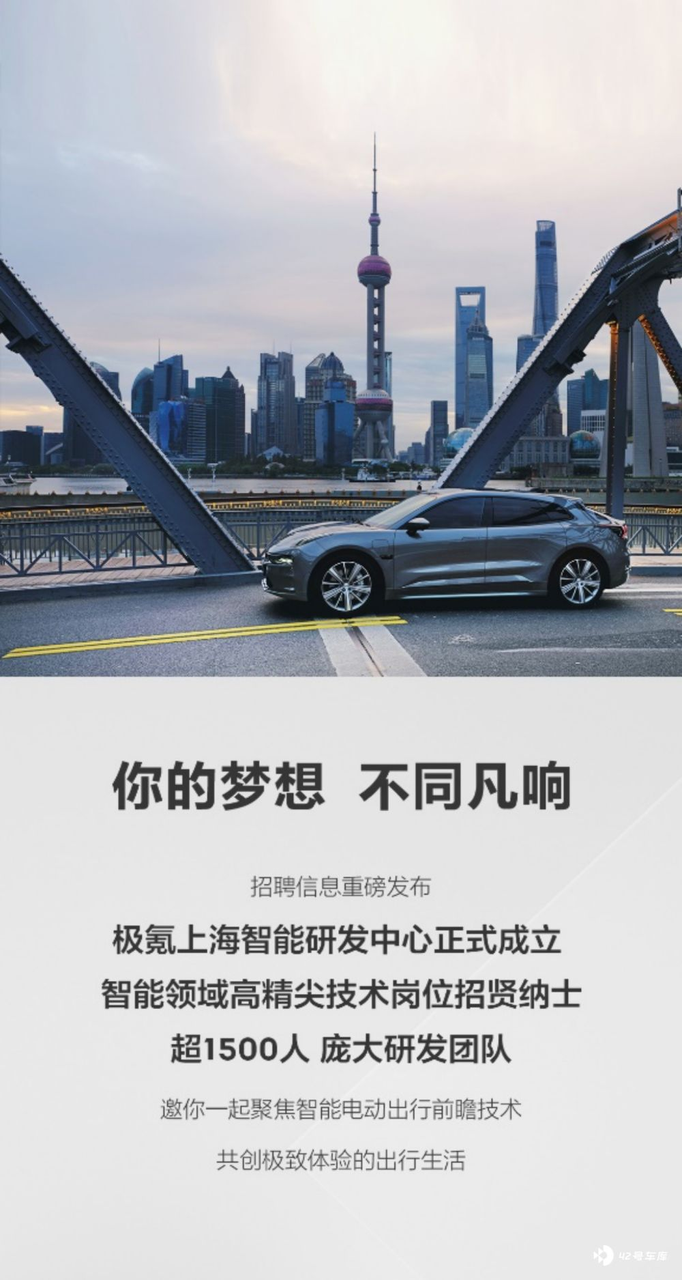
Quick comment:Currently, Geely has a nearly ten-thousand-person R&D team focusing on software and new energy, and its innovation center (CEVT) in Europe employs over 2,000 automotive engineers. The newly established Geely Intelligent R&D Center in Shanghai will have a team of around 1,500, mainly engaged in intelligent cockpits, digital cockpits, software electronics, and other fields, aiming to gain an advantage in the fiercely competitive new energy market.
Entering 2021, Geely has expanded its presence in the field of intelligence: signing a strategic agreement with Tencent, jointly establishing “Jidu” with Baidu, establishing “Fugikang” with Foxconn, and establishing “Zhima Da” with Mercedes-Benz. Geely’s layout now covers areas such as digital marketing, intelligent cockpit, user ecology, powertrain, three-electric technology, and autonomous driving solutions, hoping to take a lead in the highly competitive field of electric vehicles.
